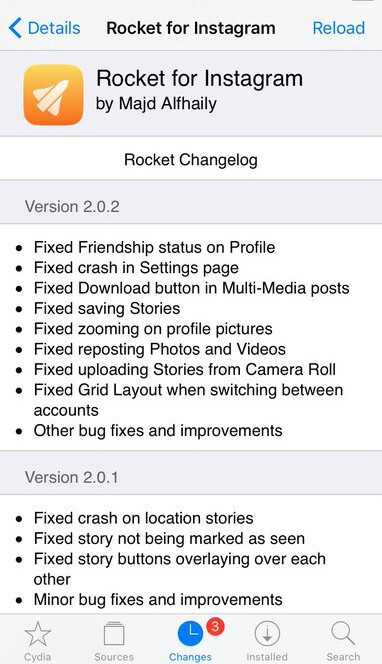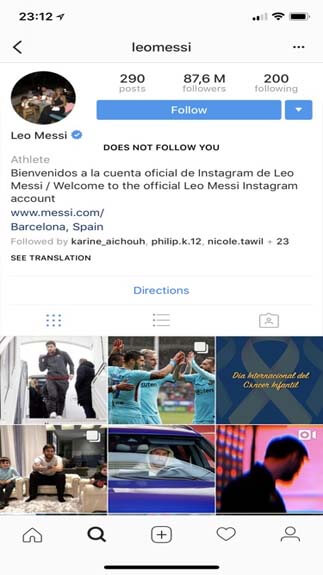


On previous launches, Rocket Lab has demonstrated the use of two slightly altered versions of its fairing, including the BlackSky double satellite configuration. In the company’s Electron Payload User’s guide, expanded fairings are listed as a “non-standard service,” and are only available for missions with at least a 12-month mission integration schedule. In order to launch two BlackSky satellites simultaneously, Rocket Lab has created an extended payload fairing as well as a payload attachment mechanism that allows the satellites to be stacked on top of each other. The unique payload separation system used for BlackSky satellites - via Rocket Lab Rocket Lab has also launched several of BlackSky’s previous satellites, including two that were lost during an in-flight anomaly in May. This mission placed the eighth and ninth BlackSky Global satellites into a 430-kilometer circular orbit, inclined 42 degrees to the equator. Each launch is planned to carry two satellites. signed an agreement for four launches of BlackSky satellites, with options for two further launches in the future. Earlier in 2021, Rocket Lab and Spaceflight, Inc.
Rocket instagram download series#
Love at First Insight is the second in a series of launches that Rocket Lab is conducting for BlackSky. Named “Love at First Insight,” the mission lofted two satellites for geospatial intelligence company BlackSky, as well as completed the third ocean splashdown of an Electron first stage as Rocket Lab continues to work towards reusability. An Electron rocket lifted off from the company’s Launch Complex 1 in Mahia, New Zealand at 01:38 UTC (14:38 local time) on November 18, following delays to evaluate an out-of-family ground sensor and wait for cooperative weather. Following a hiatus of several months, Rocket Lab returned to launch operations with its 22nd overall mission on Thursday.


 0 kommentar(er)
0 kommentar(er)
